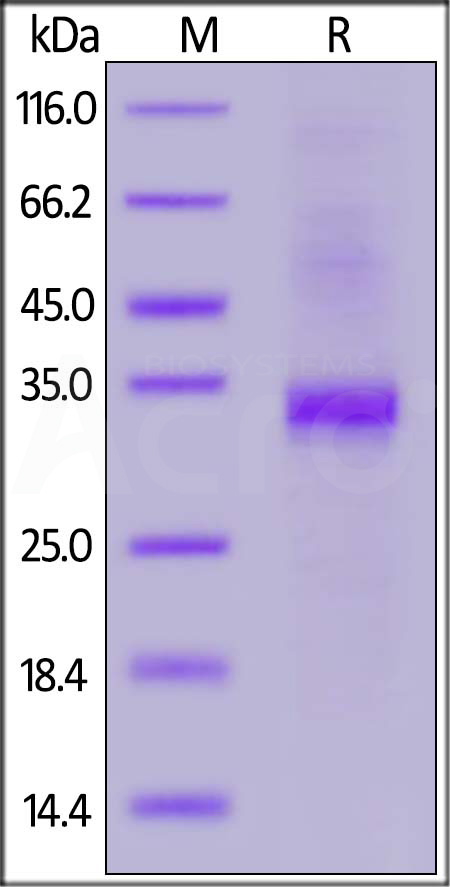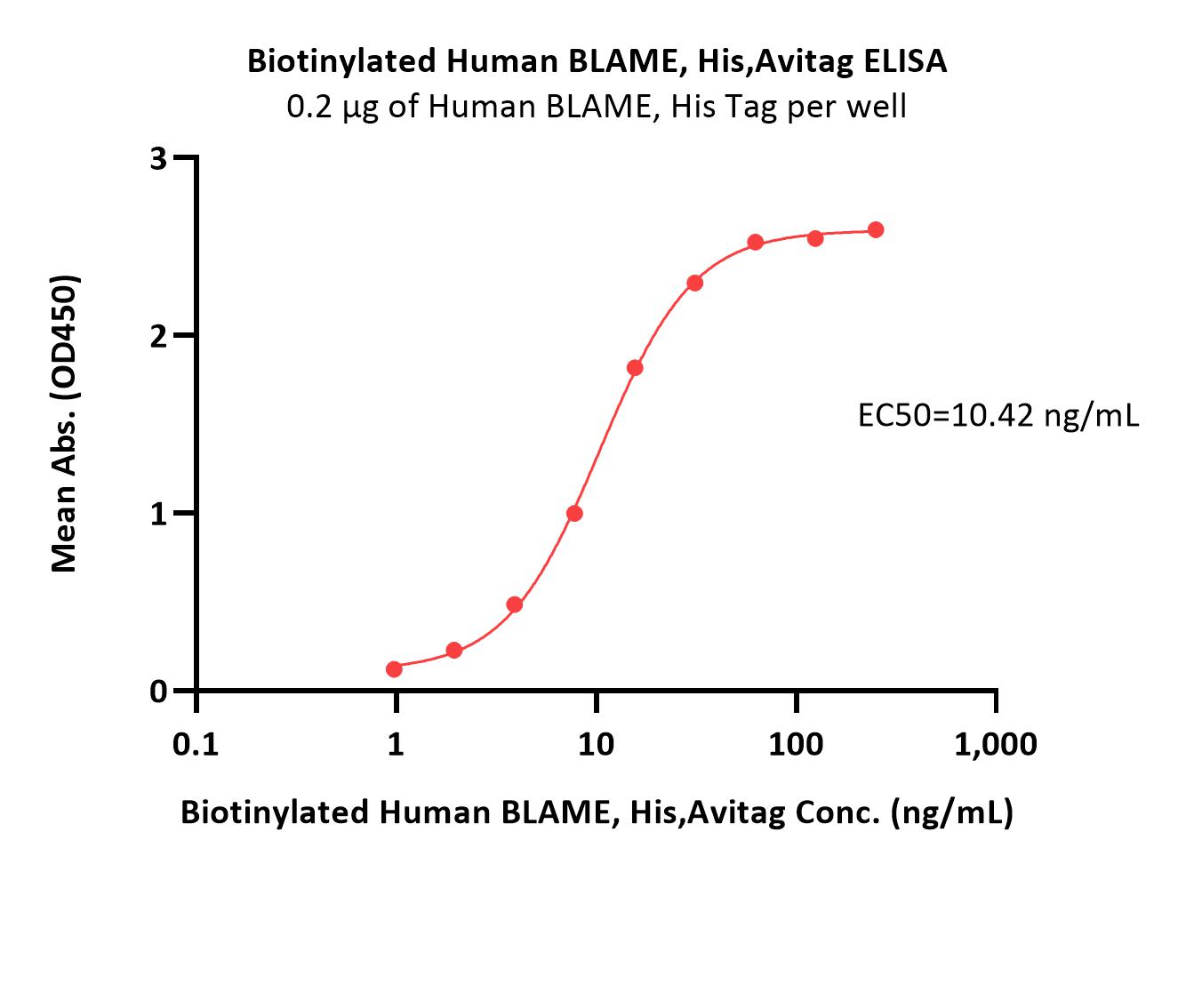Navigating family dynamics and ethical considerations in genetic diagnosis of pulmonary arterial hypertension: insights from in-depth semi-structured interviewsSwietlik, Fay, Morrell
ERJ Open Res (2025) 11 (2)
Abstract: Genetic diagnosis and precision medicine are rapidly advancing, driven by innovations in next-generation sequencing and omic methods. The UK's collaboration between national research initiatives and the National Health Service facilitates translation of research into clinical practice. This rapid transition impacts family dynamics and family planning, and raises ethical concerns, compounded by limited public and practitioner awareness of the long-term consequences of genetic diagnosis. Our objective is to explore the impact of genetic diagnosis on family dynamics and the ethical considerations of genetic testing at different life stages in patients with pulmonary arterial hypertension (PAH) and their at-risk relatives.Stakeholders from the National Institute for Health Research BioResource Rare Diseases Study and the National Cohort Study of Idiopathic and Heritable Pulmonary Arterial Hypertension were recruited using purposive sampling. 53 interviews and focus groups with 63 participants were recorded, transcribed and thematically analysed using MAXQDA data analysis software.The study revealed three main themes: the impact of diagnosis on family dynamics, considerations for family planning, and genetic testing of relatives. Two attitudes toward testing offspring emerged: proactive advocates and gatekeepers. The gatekeeper stance was driven by three key factors: shielding children from genetic risk awareness, feelings of guilt or a desire to avoid blame for disease transmission, and limited family connections. Each theme highlighted various moral and ethical dilemmas faced by individuals.A PAH diagnosis reshapes family roles and responsibilities. Genetic risk awareness strengthens bonds but also introduces challenges such as disclosing information and deciding on testing for at-risk relatives. Our research highlights the need for comprehensive genetic counselling and support systems to enhance patient care and familial wellbeing.Copyright ©The authors 2025.
The lived experiences of Iranian women overcoming challenges in addiction recovery: A qualitative studyShoaa Kazemi, Bakteyari, Mohammadi
et alJ Ethn Subst Abuse (2025)
Abstract: The main aim of the current study was to explore the experiences of Iranian women overcoming addiction in the city of Urmia in Iran, during October 2022. Employing a qualitative research method through semi-structured interviews, the study targeted 31 women who were selected using purposeful and snowball sampling, and in-depth interviews were conducted. The analysis of these interviews revealed various themes organized into four main categories. (1) Blame, social stigma and social humiliation. (2) The lack of social support. (3) Challenges in maternal roles. (4) Disconnecting from friends and neighbors. The findings suggest that women who have overcome addiction are striving to restore both their own identities and their family dynamics to a pre-addiction state, seeking acceptance within the family and managing conflicts that arise during this transition. Supporting the families of women recovering from addiction is essential for both individual and community well-being. Cultivating an environment that promotes these women's active involvement in society can help reduce social harm and curb the rise of corruption and exploitation of vulnerable individuals.
Black Women's Mental Health Needs and Recommendations After Spontaneous Preterm Birth: A Qualitative StudyZakama, Mengesha, Momplaisir
et alBJOG (2025)
Abstract: To ascertain the perspectives and recommendations of Black individuals on their experience of spontaneous preterm birth (sPTB) and its impact on maternal mental health (MMH).Qualitative interview study.One tertiary hospital in the United States of America.Self-identified Black women who experienced sPTB between 24w0d and 33w6d of gestation from July 2020 to July 2022; participants were at least 18 years old and English-speaking.Using a semi-structured interview guide grounded in the Sojourner Syndrome and the emancipatory paradigm, we explored perceptions of mental health symptoms, barriers and facilitators to MMH, and recommendations for improvement after sPTB. Data were analysed using modified grounded theory methodology, ensuring rigor through interrater reliability.Black women's experiences of mental health following sPTB, barriers and facilitators to MMH, and their recommendations for improving MMH after sPTB.Thirteen interviews were completed, averaging 1.5 years post-delivery. Interrater reliability showed almost perfect coding agreement (mean kappa 0.99 (SD 0.01)). Participants experienced self-blame, anxiety, isolation, and prolonged duration of mental health symptoms. Dismissiveness, neglect, and medical racism were mental health barriers. Person-centred care, family-centred care and racial congruency were mental health facilitators. Participants recommended transparent communication, specialised mental health providers, support groups, and culturally sensitive care to improve MMH.Black women with sPTB endured prolonged mental health sequelae heightened by neglect, dismissiveness, and medical racism. Participants recommended implementing family-centred, transparent care models with cultural sensitivity, support groups, and specialised mental health providers as ways to improve postpartum mental health.© 2025 John Wiley & Sons Ltd.
Defining 'Abortion': a call for clarityColgrove
Theor Med Bioeth (2025)
Abstract: In Dobbs v. Jackson, the Supreme Court found that 'the Constitution does not confer a right to abortion.' Rather, individual states must determine whether a right to abortion exists. Following Dobbs, state abortion laws have diverged significantly. This has generated confusion over what the law permits. Consequently, some pregnant women reportedly have not received timely treatment for life-threatening conditions. Clear guidance on abortion policy is essential, therefore, since continued confusion risks lives. Sweeping calls to improve patient access to abortion will not provide clear guidance, however, since 'abortion' is defined differently across jurisdictions. In fact, there are six variables to consider when defining 'abortion': (1) the definition of 'pregnancy,' (2) whether prescribing abortifacients counts as an abortion, (3) whether abortion successfully terminates pregnancy, (4) whether abortion has some characteristic intention, (5) whether providers must know that they likely will harm fetuses, and (6) whether providers must know that their patients are pregnant. States address each variable differently, so 'abortion' means different things across jurisdictions. One may respond that legislators are solely to blame for confusion here, since medical experts, by contrast, possesses a clear definition of 'abortion.' Not so. 'Abortion' is defined inconsistently throughout the medical literature too. As such, both legal and medical domains would benefit from careful discussions of 'abortion.' Attending to the six variables identified here is a good starting place. In this essay, I suggest how best to think about each and propose a definition of 'abortion' well-suited for developing clear abortion policy in a polarized society.© 2025. The Author(s).


























































 膜杰作
膜杰作 Star Staining
Star Staining
















